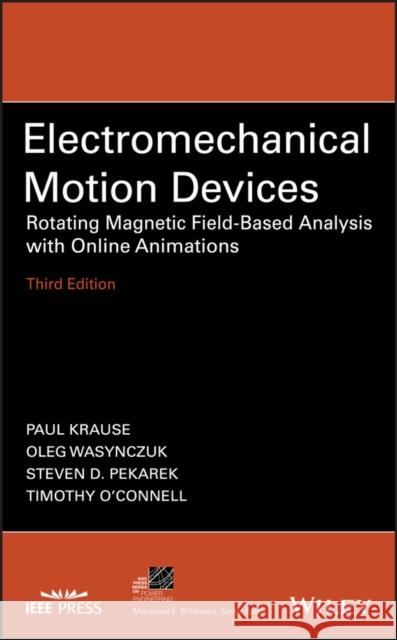Electromechanical Motion Devices: Rotating Magnetic Field-Based Analysis with Online Animations » książka
topmenu
Electromechanical Motion Devices: Rotating Magnetic Field-Based Analysis with Online Animations
ISBN-13: 9781119489825 / Angielski / Twarda / 2020 / 448 str.
Electromechanical Motion Devices: Rotating Magnetic Field-Based Analysis with Online Animations
ISBN-13: 9781119489825 / Angielski / Twarda / 2020 / 448 str.
cena 562,23
(netto: 535,46 VAT: 5%)
Najniższa cena z 30 dni: 558,77
(netto: 535,46 VAT: 5%)
Najniższa cena z 30 dni: 558,77
Termin realizacji zamówienia:
ok. 30 dni roboczych
Dostawa w 2026 r.
ok. 30 dni roboczych
Dostawa w 2026 r.
Darmowa dostawa!
Kategorie:
Kategorie BISAC:
Wydawca:
Wiley-IEEE Press
Seria wydawnicza:
Język:
Angielski
ISBN-13:
9781119489825
Rok wydania:
2020
Numer serii:
000528412
Ilość stron:
448
Waga:
0.81 kg
Wymiary:
23.11 x 15.49 x 2.54
Oprawa:
Twarda
Wolumenów:
01











